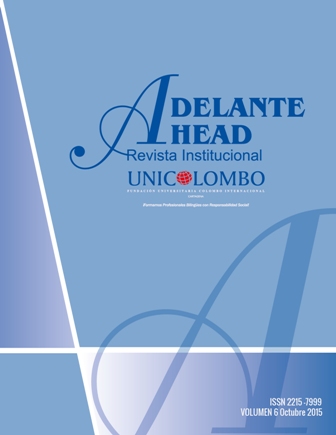La literatura infantil como facilitadora de procesos de interpretación lingüístico-cognitivos y socioculturales
Resumen
El presente ensayo aborda temas relacionados con la literatura infantil y su influencia en el desarrollo cognitivo de los niños y niñas durante el trascurso de su primera infancia. En esa medida, estas páginas intentan responder a dos preguntas específicas: ¿Qué debemos entender por literatura infantil y cuáles autores y textos se consideran representativos dentro de este tipo de literatura?, y ¿cuáles son las funciones de la literatura infantil y cómo estimula las competencias lectoras de nuestros educandos? Para responder, el ensayo se organiza de la siguiente forma: Primero delimita el concepto de literatura infantil y, dentro de tal delimitación, establece cuáles son sus características y qué autores y textos se consideran representativos dentro de dicho subgénero literario. A continuación, aborda las funciones de la literatura infantil y sus relaciones con la competencia lectora, sobre todo a la hora de facilitar procesos de interpretación lingüístico-cognitivos y socioculturales. Por último, considera el estatus actual de la literatura infantil en el plano social y educativo.
PALABRAS CLAVE:
literatura infantil, comprensión e interpretación, lector competente, competencia lectora, competencia literaria
ABSTRACT:
This paper addresses issues related to children's literature and its influence on the cognitive development of children during the course of their early childhood. To that extent, these pages try to answer two specific questions: in the first place, what should we understand by children's literature and which authors and texts could be considered representative within this kind of literature? And, furthermore, what are the functions of children's literature and how these functions encourage the development of the reading skills of our students? To give an answer, the paper is organized as follows: first, it defines the concept of children's literature, and within such a definition, it establishes what are the main characteristics of the concept and which authors and texts are considered representative within this literary subgenre. Then, it addresses the roles of children's literature and its relations with reading literacy, especially with the aspects involved in facilitating linguistic and cognitive processes and sociocultural interpretation. Finally, it considers the current status of children's literature in the social and educational levels.
KEYWORDS:
Children’s literature, comprehension and interpretation, competent reader, reading competency, literary competency.
Citas
Fadiman, C. (2015). Children's literature. Recuperado de http://global.britannica.com/art/childrensliterature.
Grenby, M. O. (2014). The origins of children's literature. Recuperado de http://www.bl.uk/romanticsand-victorians/articles/the-origins-of-childrensliterature
Mendoza Fillola, A. (2008). Función de la literatura infantil y juvenil en la formación de la competencia literaria. Recuperado de http://www.cer vantesvirtual.com/obravisor/funcin-de-la-literatura-infantil-y-juvenilen-la-formacin-de-la-competencia-literaria-0 / h tml / 0 1 e 1 f 6 5 6 - 8 2 b 2 - 1 1 d f - a c c 7 -002185ce6064_3.html#I_0
Mínguez-López, X. (2012). La definición de la LIJ desde el paradigma de la Didáctica de la lengua y la literatura. Anuario de Investigación en Literatura Infantil y juvenil (AILIJ), 10, 87-105.
Núñez Delgado, M. (2011). Literatura infantil: aproximación al concepto, a sus límites y a sus posibilidades. Enunciación, 14(1), 7-21. R e c u p e r a d o d e http://revistas.udistrital.edu.co/ojs/index.php/enunc/article/view/3214/4707
Robledo, B.H. (1998). Literatura Infantil Colombiana. Educación y biblioteca, 94, 45-47.
Tejerina Lobo, I. (2005). Literatura Infantil y formación de un nuevo maestro. Recuperado de http://www.cervantesvirtual.com/nd/ark:/59851/bmcn01g9




